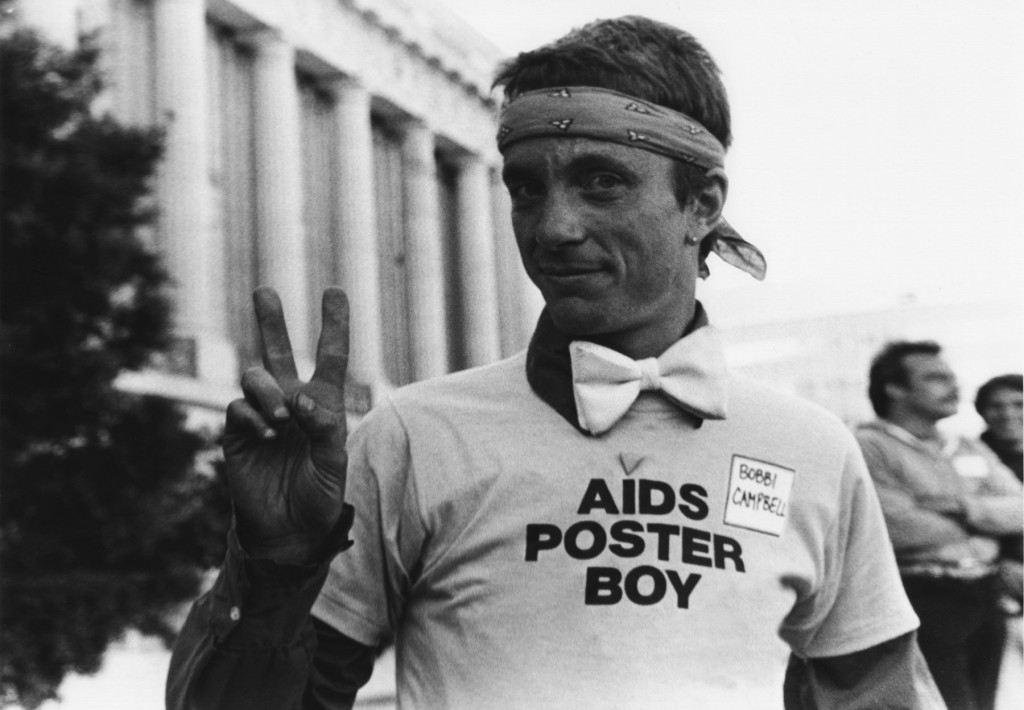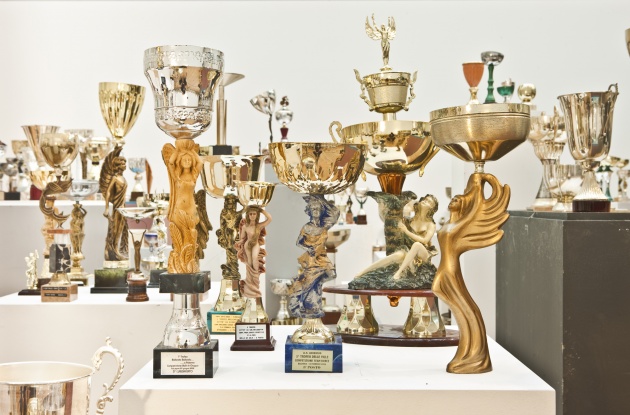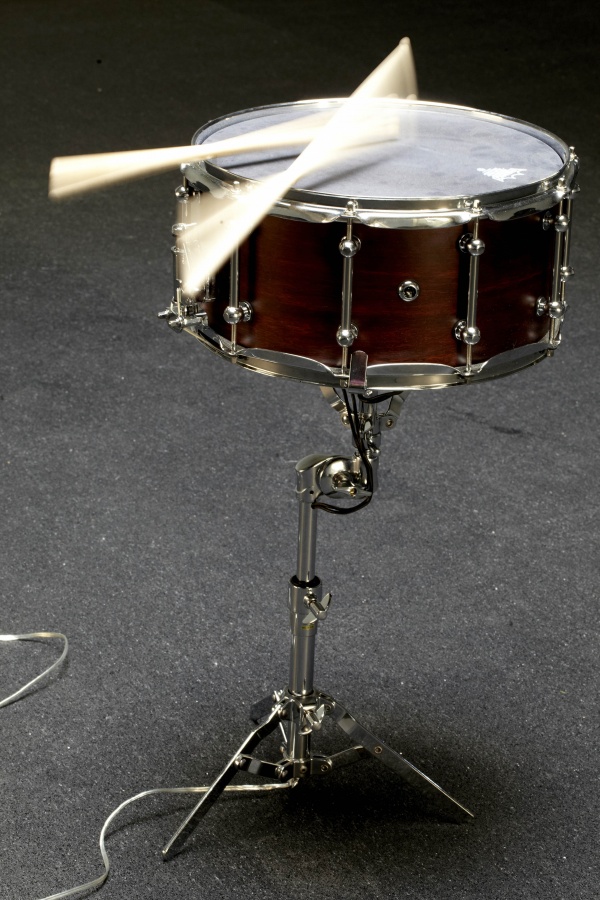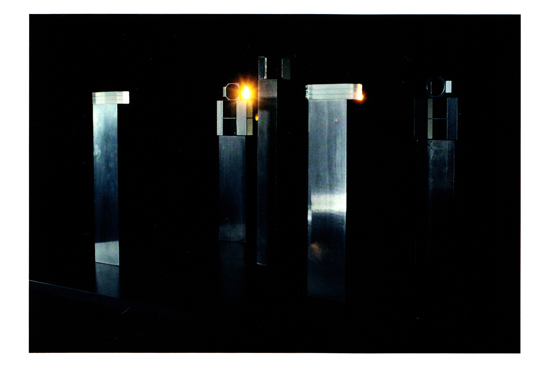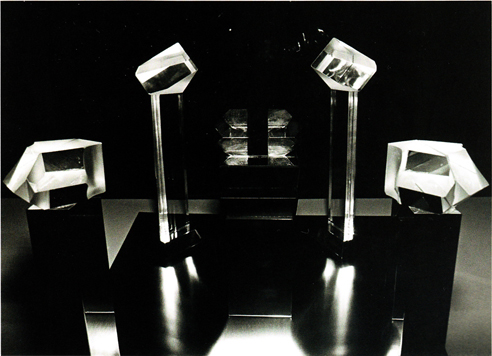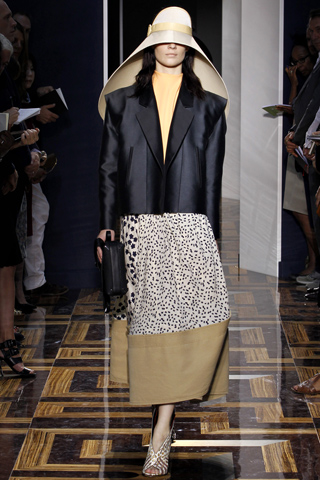

Triptych #6, 2009. Photographs, Text, Dimensions Variable
Issa’s Triptych series (#1, #2, #3, #4, #5, #6) from 2009, is a group of six beautiful wall installations comprised of photography, video objects and texts. They are images of places she collected in New York and restaged; settings that occurred through a personal psychological process in order to reveal personal associations. As Issa says “At one point I realized that what might have attracted me to these spaces was that they reminded me of others…. In trying to be as precise as possible, I realized that the certainty with which I was able to construct and produce these images did not translate to my final photographs, that I no longer recognized my constructions.”
In an attempt to articulate the content of memories and associations, Iman Issa decided to start constructing settings that corresponded to them, settings which she would then photograph. The resulting images ended up constituting the second element in each of these triptychs.
In trying to be as precise as possible, the artist realized that the certainty with which she was able to construct and produce these images did not translate to her final photographs, that she no longer recognized her constructions, nor was she certain of their sources. This brought about the idea to approach these photographs in a removed manner – as if they were found or produced by someone else – and use them as a point of departure for another artwork, one which eventually became what is presented here as the third and final element in each of these triptychs.
